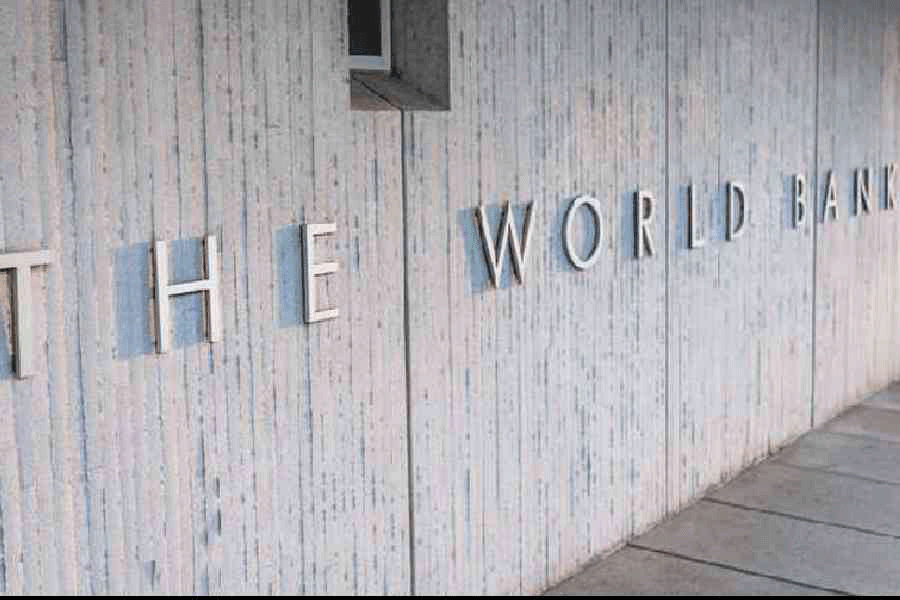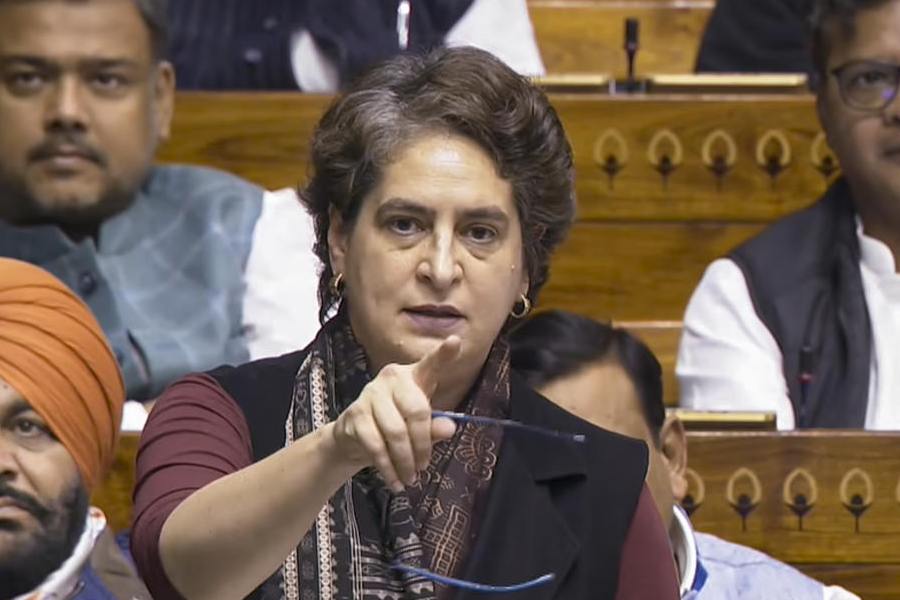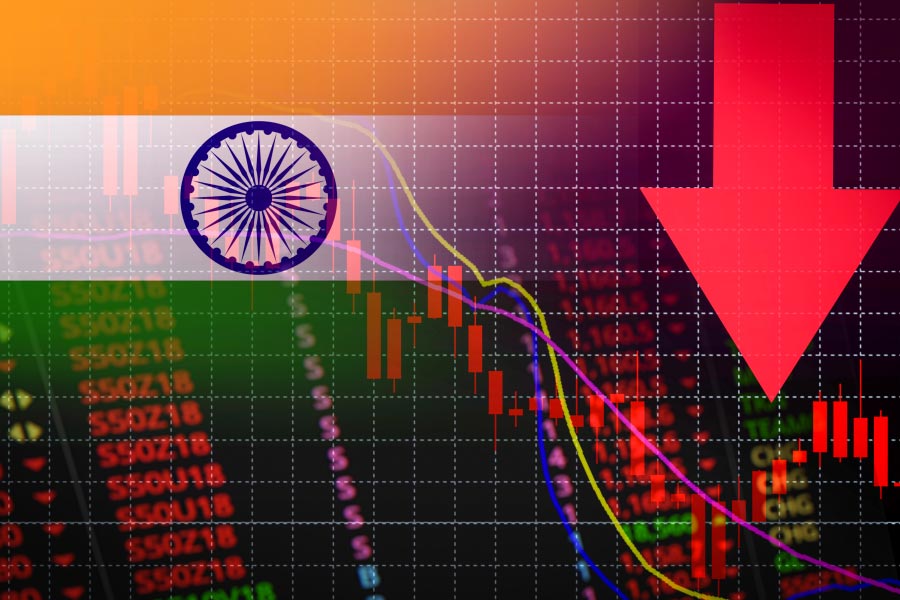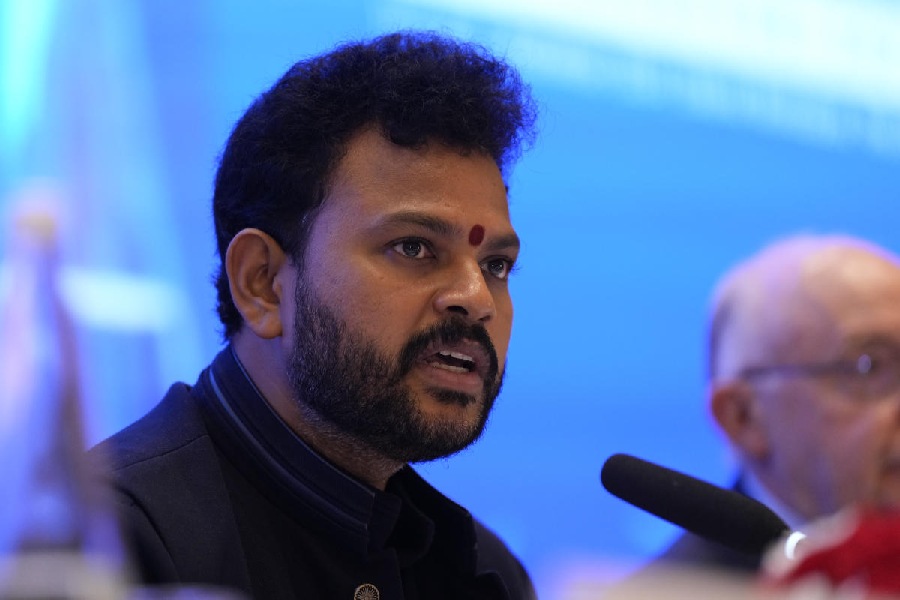Growth in India is expected to slow to 6.3 per cent in FY 2023/24 (April-March), a 0.3 percentage point downward revision from January, the World Bank said Tuesday but noted there is an unexpected resilience in private consumption and investment and robust growth in the services.
The World Bank made these points in its latest edition of Global Economic Prospects according to which global growth is projected to decelerate from 3.1 per cent in 2022 to 2.1 per cent in 2023.
In Emerging Markets and Developing Economies (EMDEs) other than China, growth is set to slow to 2.9 per cent this year from 4.1 per cent last year. These forecasts reflect broad-based downgrades.
“Growth in India is expected to slow further to 6.3 per cent in FY 2023/24 (April-March), a 0.3 percentage point downward revision from January,” the World Bank said.
“The surest way to reduce poverty and spread prosperity is through employment—and slower growth makes job creation a lot harder,” said the newly-appointed World Bank Group President Ajay Banga.
“It’s important to keep in mind that growth forecasts are not destiny. We have an opportunity to turn the tide but it will take us all working together,” he said.
Indian-origin Banga took over as the President of the World Bank on Friday.
In its report, the World Bank attributed the slowdown in India’s growth to private consumption being constrained by high inflation and rising borrowing costs, while government consumption is impacted by fiscal consolidation.
“Growth is projected to pick up slightly through FY 2025/26 as inflation moves back toward the midpoint of the tolerance range and reforms payoff. India will remain the fastest-growing economy (in terms of both aggregate and per capita GDP) of the largest EMDEs,” it said.
In India, which accounts for three-quarters of output in South Asia, growth in early 2023 remained below what it achieved in the decade before the pandemic as higher prices and rising borrowing costs weighed on private consumption. However, manufacturing rebounded into 2023 after contracting in the second half of 2022, and investment growth remained buoyant as the government ramped up capital expenditure.










